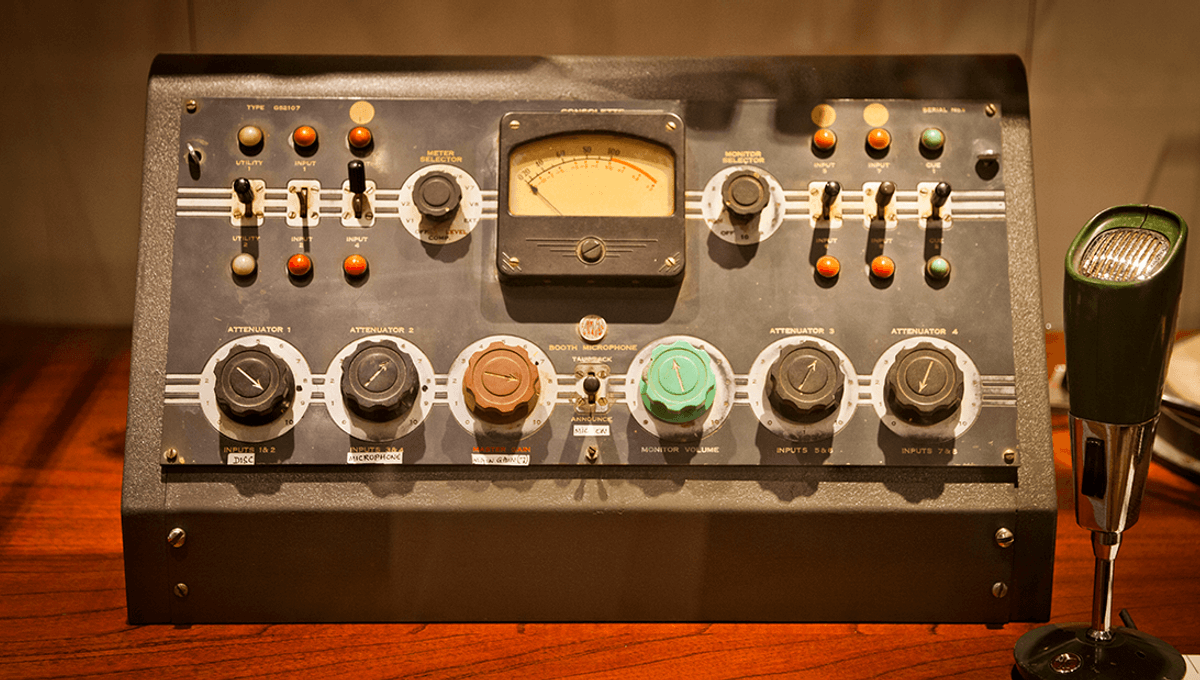-
أخر الأخبار
- استكشف
-
الصفحات
-
المدونات
-
المنتديات
In 1927, A Physicist Conducted A Mass Psychic Experiment Involving 25,000 People

In 1927, A Physicist Conducted A Mass Psychic Experiment Involving 25,000 People
In 1927, a respected physicist conducted one of the largest experiments into telepathy the world has ever undertaken, involving over 25,000 participants.
The rest of this article is behind a paywall. Please sign in or subscribe to access the full content. Born in 1851, Oliver Lodge was an English physicist whose work was key to the development of radio communication, creating a device that became standard in wireless telegraph receivers after he demonstrated it in 1894. But he also had other interests and was a member of "The Ghost Club", a paranormal investigation group that counted Charles Darwin and Sir Arthur Conan Doyle amongst its members, and regularly attended seances. In 1927, Lodge, along with the Psychical Research Society and six collaborators, attempted to investigate telepathy in a radio experiment on the British public. The idea was pretty simple in its setup. Six people were locked in a room in Tavistock Square, London, and shown an object each at various intervals. Lodge, appearing on national radio, would tell listeners when each volunteer was thinking about the object, and the listeners were urged to send in letters with what they believed the objects were. The objects involved in the experiment were: two playing cards (a two of clubs and a nine of hearts), a print of a human skull accompanied by two birds, sprays of scented lilac, and a grotesque mask and bowler hat, worn by another colleague in order to amuse the locked-up volunteers. The team attempted to reduce the possibility of interference by locking the participants in the room before asking them to focus their thoughts on the objects presented to them. To ensure no collusion, the six volunteers agreed to be locked up for the whole night, until after the following morning's post. Listeners to the radio show were asked to try to receive their thoughts, and send their guesses by letter to the Society of Psychical Research. Were the experiment a success, further follow-ups would be attempted. Lodge thought that a positive result for the experiment would be unlikely, and he was correct on that point. The team received over 25,000 letters, but found no evidence of any psychic phenomenon. Just five letters guessed the skull object, while the main result of the card portion of the experiment revealed that people tended to have a preference for choosing aces, particularly the ace of spades, and odd numbers over even numbers. V. J. Woolley, research officer of the Society for Psychical Research and collaborator on the experiment, thought that the experiment revealed no evidence of psychic phenomena overall, though he found some aspects peculiar. In particular, five letters guessed a skull for the skull/crow image and one a human head, with three of these people also guessing flowers for the lilacs. On top of this, for the final guess – Woolley himself dressed in bowler hat and mask – 146 people guessed that a person was present, 236 guessed that somebody was dressed up, 499 people suggested a feeling of amusement, 73 guessed masks or faces were involved, and 202 people suggested hats. "There does seem to be an indication of a supernormal faculty," Woolley said, "on the part of a few of those who took part, though their successes are swamped by the very large mass of failures on the part of others." While that may seem intriguing, it isn't exactly robust. With a pool of 25,000 guesses you would expect a certain number of correct guesses, and correct guesses across multiple categories. This could account for people who guessed multiple objects. If you ask someone to guess what face is up on a flipped coin, you might be surprised if someone gets it right twice, three or four in a row. You would not be surprised if you got 10,000 people to guess, and some of them did the same. As for the high numbers of people guessing that the final object was a person, this could be explained by indications accidentally given during the radio broadcast, suggesting that they had made this object amusing. If you actually wanted to prove that telepathy is possible, you would need far more robust methodology to do so. Since then, no evidence has been found for telepathy, and not for lack of motivation or trying. Noted magician turned fraud debunker James Randi died before anyone could claim his $1,000,000 prize.


